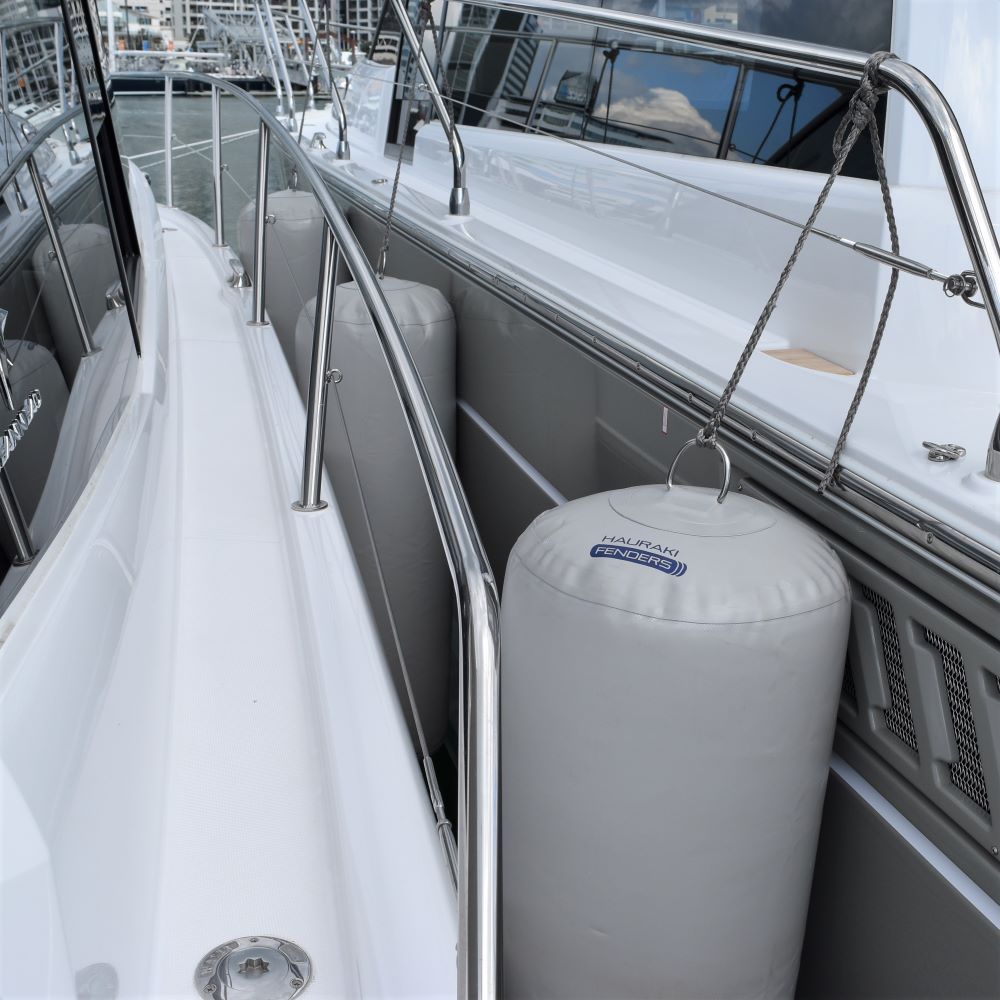Great product, and service! They were delivered the day after i ordered them and were being used the night they arrived. Takes the worry out of rafting up and having to adjust fenders as different sized boats move around. Place them.in the right spot and forget about them. Easy to store out of the way when deflated too!
I needed a bigger fender to better support the mid section of our boat. The fender is mounted horizontally on the side of the jetty.
The larger size is perfect !



